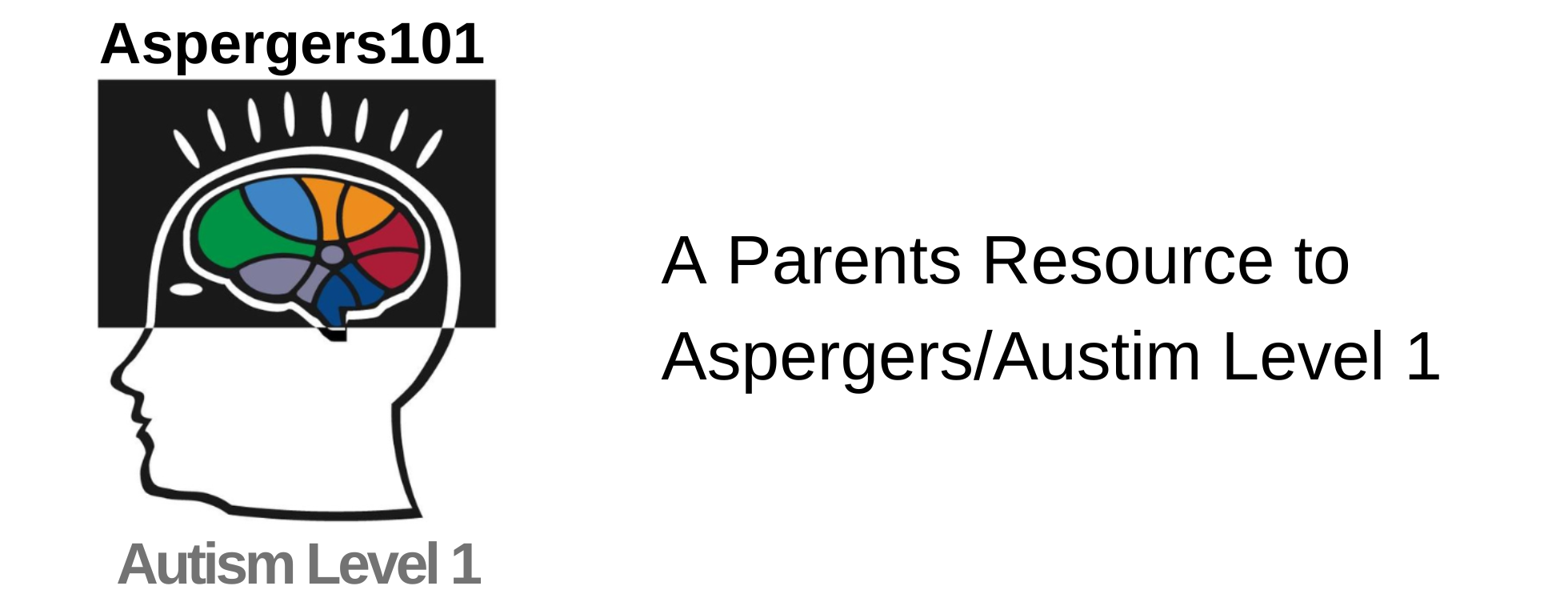The summer of 2017 Aspergers101 hosted a free informational series on Aspergers at the San Antonio Public Library. We have recorded each of these valuable sessions in video and powerpoint format so that you can have access to them at any time. Below, watch the first workshop from our Informational Summer Series on Aspergers focusing on diagnosis in childhood. First, Jennifer and Sam Allen discuss the initial steps of recognizing signs of Autism in a child and seeking a diagnosis. Next, Berenice de la Cruz, Ph.D., BCBA-D and COO of Autism Community Network, gives details on the diagnosis process and the medical terminology behind Autism and Aspergers.
The following checklist for Autism and Asperger behavioral signs comes from Jennifer and Sam’s powerpoint. This checklist is not meant to be used as a professional or standalone diagnosis, but rather as a helpful guide that can support you in your journey of diagnosis for your child.
Informal Childhood Developmental Checklist
Social Interactions
The child prefers to play alone
The child is rarely invited by others to play in the neighborhood or to participate in activities outside of school
The child’s social interactions and responses are immature, not keeping with his/her age or his/her cognitive abilities in other areas
The child has difficulty interacting in group settings
The child does not play with other children as expected: he/she may not appear interested in their games, or may not know how to join in
The child appears to be vulnerable to teasing, bullying and being taken advantage of by others
Behavioral Observations
The child has difficulty understanding the effect his/her behavior has on others
The child has a significant amount of difficulty taking the perspective of another person, even when it is explained to them
The student has overwhelmingly limited interests in things such as video games, superheroes, cartoon characters
The child’s choices of toys or activities are limited to a select few, without being open to trying new things
The child’s play appears to be scripted or like a reenactment (such as repetitively recreating movies or favorite stores with word and action)
The child displays limited understanding of, or involvement in, role-play and spontaneous make-believe play
The student’s play is marked by imitation rather than cooperative interaction, for example parallel play
The child has great difficulty with unexpected changes, even when prepared for the change ahead of time
Communication
The child demonstrates severe delays in communication skills or is nonverbal
The child lacks natural turn-taking skills when conversing with peers
The child has difficulty following change of topics of conversation in response to the lead of a conversational partner
The child has difficulty maintaining conversations with others, when the topic is something other than that of their interest
The child has difficulty using and/or understanding non-verbal cues, such as facial expressions, body language or gestures
The child tends to interact with adults rather than peers
The child tends to make the same social mistakes repeatedly, although their skills improve in other developmental areas
Sensory and Motor Issues
The child has fine motor difficulties
The child has gross motor difficulties
The child exhibits over sensitivity to environmental stimuli, such as sound, temperature, pain, reflection or textures
The child exhibits “under-sensitivity” to environmental stimuli such as sound, temperature or pain
The child appears awkward and uncoordinated in a way different from same-age peers
The child displays excessively repetitive bodily movements such as rocking, flapping, spinning or self-aggression
You can watch all of the recordings from the Aspergers Summer Series here.
You can also download a copy of the powerpoint used in this workshop here.
A graduate of Abilene Christian University, Jennifer had a long career in TV Broadcasting. Upon learning her oldest son Sam had a form of Autism called Asperger’s Syndrome, she left her career and became a full-time mother to both of her sons. Jennifer elicited the participation of her family and together they produced several independent programs including a children’s animated series titled Ameriquest Kids, as well as a documentary and book titled, Coping to Excelling: Solutions for School-age Children Diagnosed with High-Functioning Autism or Aspergers Syndrome. She formed the nonprofit Asperger101 to provide on-going free resources related to ASD at Aspergers101.com and has implemented the Texas Driving with Disability Program and continues to grow the statewide initiative today. She and her husband have recently retired to their property in the Texas Hill Country.



Can you explain the term ‘high functioning’ please?
Autism is a very broad spectrum. At one end you have the non-verbal and rocking person and the other end you have types like Tesla who invented the powerplant. Critics argue labeling “low” or “high” however until the DSM better defines the spectrum, these terms are all we have. High-functioning autism is characterized by features very similar to those of Asperger syndrome. The defining characteristic most widely recognized by psychologists is a significant delay in the development of early speech and language skills, before the age of three years. High-functioning autism (HFA) is a term applied to people with autism who are deemed to be cognitively “higher functioning” (with an IQ of 70 or greater) than other people with autism. Individuals with HFA or Asperger syndrome may exhibit deficits in areas of communication, emotion recognition and expression, and social interaction. HFA is not a recognized diagnosis in the DSM-5 or the ICD-10.